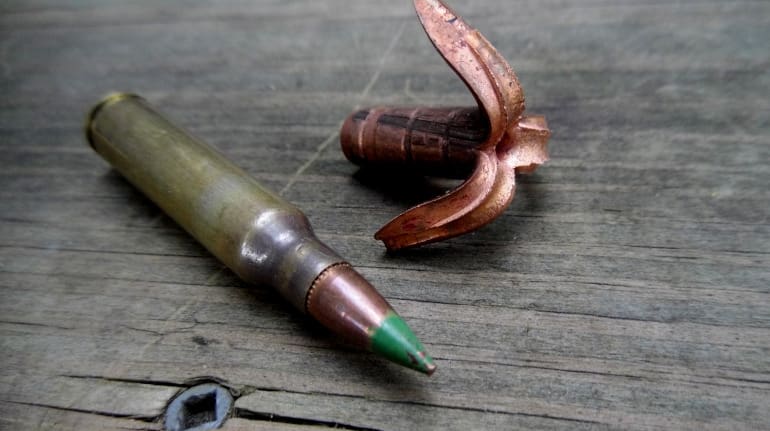

SHOP SILENCERS Popular ComparisonsĮvery new cartridge is often compared to an older one and 300 Blackout is no exception. On the civilian side, 300 Blackout has proven to be a performer in the field for hunting and on the competitive shooting circuit. The round exceeded most military expectations for the caliber in both subsonic and supersonic renderings. Another consideration here was the effect of the initial blast of unburnt powder and flash increasing wear on the initial baffle of a 5.56 suppressor.ģ00 Blackout was optimized to be fired through shorter barrels and even in supersonic loadings it did not have that initial blast problem.
SUBSONIC 556 FULL
Additionally, the use of a suppressor dictated going to a shorter barrel as soldiers were finding full sized rifles becoming unwieldy with a 5” to 8” sound suppressor mounted on the muzzle.

Severe deficiencies were found when trying to make the military service rifle shorter. The 5.56 round was developed for use in 20” barreled rifles. One of the main reasons that the US Military was looking for a replacement round for 5.56 NATO was the loss of energy and velocity by the 5.56 NATO round as it was fired through barrels that were increasingly getting shorter. In its subsonic loading it has been compared with both subsonic 9mm and 45 ACP. In its standard form as a subsonic round, 300 Blackout most closely resembles the 7.62 x 39mm round first used in the SKS and AK-47 rifles of the former Soviet Union. This is always a good sign with regard to the longevity of an ammunition cartridge in the market. Another positive note is that 300 Blackout and the original 300 Whisper cartridge are completely interchangeable from barrels to reloading dies as well as reloading components and specifications.Īs a result of its popularity we have even seen the retail price of 300 Blackout ammunition decrease over time. The improved design means that it will work with a standard AR15 or M16 bolt and magazines with the only real part change being the barrel. They normalized different load data and submitted the new cartridge to SAAMI (Small Arms Ammunition Manufacturers Institute) and CIP (Permanent International Commission for the Proof of Small Arms) for standardization and christened the new round 300 AAC Blackout by CIP and 300 BLK by SAAMI. Remington and AAC changed the design slightly by using trimmed and expanded 5.56 NATO brass as opposed to 221 Fireball or 222 Remington as the parent case. It seemed as if the round was doomed to die in the “also-ran” wildcat category until the Federal Assault Weapon Ban was allowed to sunset in 2004 and a company called Advanced Armament Corporation (AAC) began to show interest in the 300 Whisper.ĪAC was eventually bought out by Remington Defense and the two companies worked on the design as a potent new caliber that could address perceived shortcomings with the 5.56 NATO round. National Firearm Act laws governing the sales of silencers were also misunderstood at the time and silencer ownership was a mere sliver of what it is today. The 1994 Federal Crime Bill and Assault Weapon Ban did not help the subsonic cause, either, as threaded barrels on semi automatic rifles made them subject to the ban. Unfortunately, the round was trademarked by SSK and other manufacturers were unable to manufacture barrels or even brass and dies for the round.

By varying the load, lighter bullets could be fired at supersonic levels with the power of the Soviet 7.62 x 39 or used with heavier bullets at a subsonic level for use with a sound suppressor. Jones formed the brass from 221 Fireball cases expanded to take a. The 300 Blackout round has its roots in the 300 Whisper cartridge designed by JD Jones of SSK Industries in the early 1990s.


 0 kommentar(er)
0 kommentar(er)
